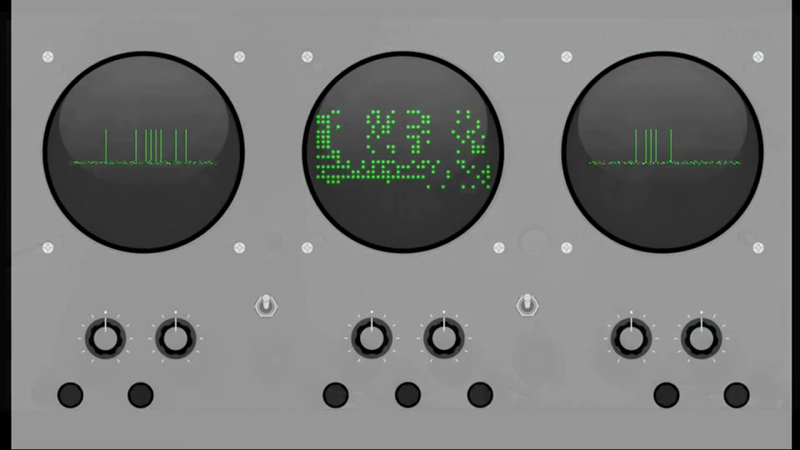There’s a lot of argument over which was the first modern computer to be built. There’s room for debate, but EDSAC — the work of Dr. Maurice Wilkes — certainly was among the first. While we’ve seen simulators before, [hrvach’s] FPGA-based simulator for the MiSTer platform has a lot going for it. Check out the video, below.
So much of what we take for granted today was first developed on the EDSAC. For example, the “Wheeler jump” (named after graduate student David Wheeler) was the origin of the idea of a subroutine.
Given a quick look at the Verilog, we don’t think the internals are set up the same. After all, the real EDSAC processed data a bit at a time as the bits fell off the end of a mercury delay line. However, the reproduction is faithful enough to run Wilkes’ program for computing Chapman’s Grazing Incidence Integral and get the same result as the real machine.
One of the benefits of the mercury delay line setup was that bits appeared at a certain time relative to each other. Connect an oscilloscope and you can view the machine’s memory in realtime. This also meant a clever programmer could put an arrangement of bits in the lines to form an image on the oscilloscope, and that’s what one programmer did back in 1952 to let the computer play tic-tac-toe.
The EDSAC was both important enough and simple enough that we’ve seen a few FPGA implementations. Unlike some early computers, the EDSAC is close enough to a modern machine to be worth learning to program. If you want to know more about MiSTer, here you go.















Eniac used decimal, edvac was the first binary storage computer. edsac followed 4 years later.
I think it depends on if you count the project start or operational dates. EDSAC was operational in May 1949. EDVAC was operational in 1951 even though it had been delivered in 1949.
I went to lectures by both Wilkes and Wheeler in the 70s. Thanks, this reminds me of the old Computer Science tripos.
Hmpf, now i want a Z3 for the Mister.
I saw the EDSAC reconstruction at The National Museum of Computing, in Bletchley Park, England, a few years ago. Alas, it wasn’t running yet. They were having timing problems. Although the name EDSAC stands for Electronic Delay Storage Automatic Calculator, a reference to the mercury delay lines, the rebuild will not use those, due to the dangers of handling mercury. I forget what they are using instead. TNMOC is a must see for anyone visiting England, as is the adjacent Bletchey Park museum.